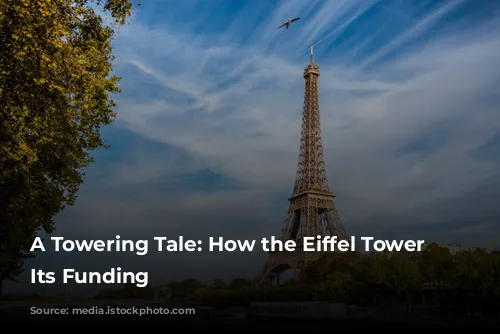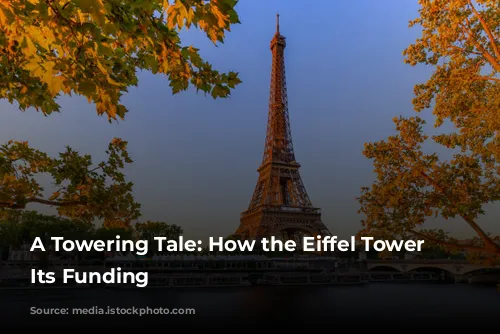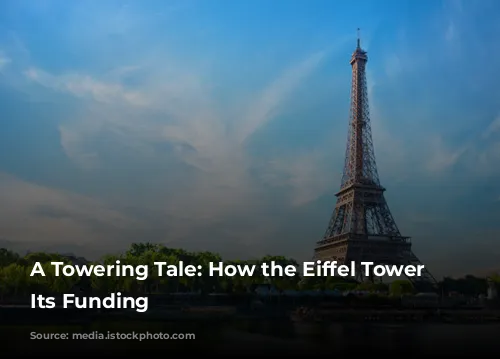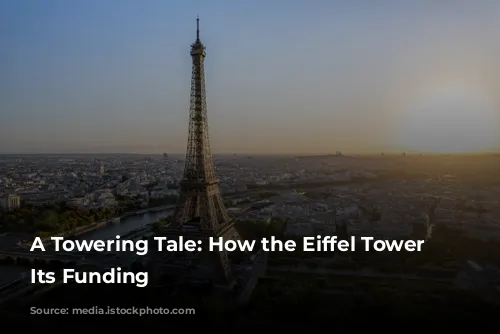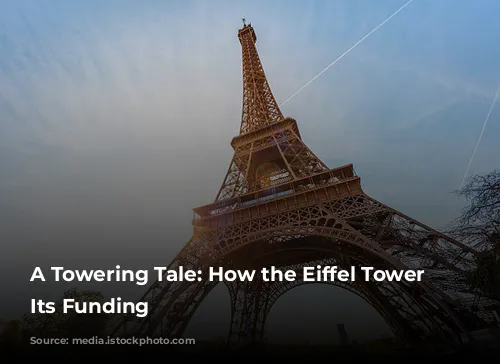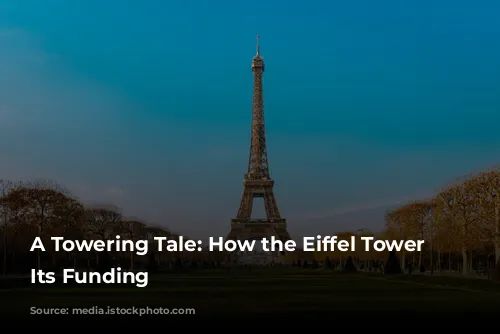Welcome to the fascinating story of the Eiffel Tower! This iconic landmark of Paris didn’t spring into existence overnight. It was the product of dedication, ambition, and a good dose of financial ingenuity. So grab a seat, and let’s dive into the tale of how this engineering marvel came to be.
A Young Engineer’s Dreams
Gustave Eiffel, a young engineer in the mid-1800s, harbored dreams of building a legacy. Though he failed to get into the prestigious École Polytechnique, he was accepted into the École Centrale des Arts et Manufactures, focusing on chemistry. His uncle, Jean-Baptiste Mollerat, a successful businessman, hoped Gustave would join the family’s acetic acid factory.
But fate had other plans. After Mollerat’s passing in 1855, family disputes dashed Gustave’s hopes of taking over the business. This disappointment caused him to abandon his pursuit of chemistry.
From Chemistry to Steel: A New Path Emerges
A twist of fate, however, led Gustave to a new and exciting direction. In 1856, he joined forces with Charles Nepveu, a respected engineer and graduate of the École Centrale. Nepveu specialized in the design and construction of machinery, from steam engines to forges.
Gustave’s scientific knowledge and connections within the École Centrale network propelled him quickly into Nepveu’s inner circle. Within a few years, he became a trusted advisor and soon took charge of building the Bordeaux bridge in 1859. This project marked a turning point in Gustave’s career, showcasing his innovative use of compressed air caissons for constructing the bridge’s foundations.
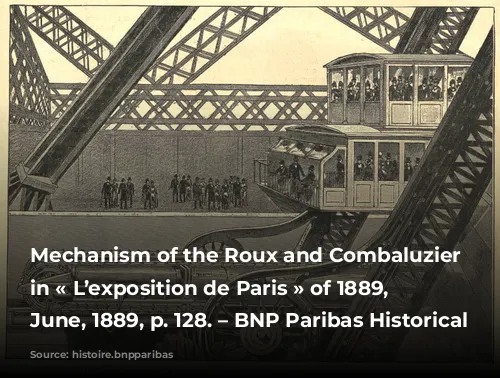
A Rising Star: Eiffel’s Reputation Grows
This success solidified Gustave’s reputation as a skilled and ambitious engineer. By 1860, he was promoted to Chief Engineer at the Pauwels Company (which had acquired Nepveu’s business) and received a generous salary and bonus structure.
A few years later, in 1866, Gustave received an even bigger opportunity. The organizing committee for the upcoming Universal Exhibition in Paris entrusted him with the construction of the metal framework for the Fine Arts and Archeology gallery. Seizing the moment, Gustave also purchased the Pauwels Company, which was facing liquidation.
This acquisition allowed him to participate in prestigious projects around the globe, including the Statue of Liberty’s metal structure in 1879 and the Garabit Viaduct in France. Gustave surrounded himself with a team of brilliant engineers like Maurice Koechlin and Émile Nouguier, who played a pivotal role in his future triumphs.
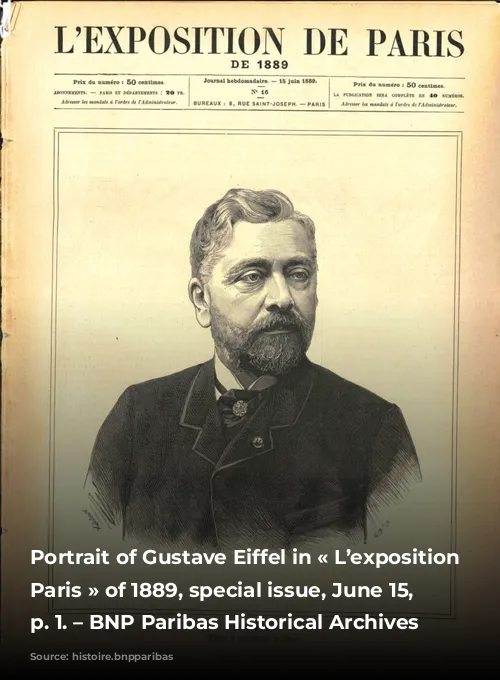
The Eiffel Tower: A Dream Takes Shape
The Universal Exhibition of 1889 sparked a wave of creativity in Paris, and Gustave was eager to leave his mark. The competition for the project involved constructing a towering landmark on the Champ-de-Mars.
Gustave and his team were determined to create something spectacular. They used their expertise from the Garabit Viaduct and the Statue of Liberty, incorporating wind resistance calculations and the box girder principle in their designs.
However, Gustave’s initial enthusiasm for the tower project was met with skepticism. It took a lot of convincing, and Stephen Sauvestre’s involvement brought a new perspective to the project. Finally, in 1884, Gustave, along with Koechlin and Nouguier, filed a patent for their innovative design, securing the rights to their vision.
A Race Against Time: Winning the Competition
Despite the tight deadlines, Gustave and his team submitted a compelling proposal. They tackled the challenges raised by the competition committee, like improving the lift mechanisms and addressing potential lightning strikes.
On June 12, 1886, Gustave triumphed over his competitors, winning the bid to build the Eiffel Tower. He secured a contract with a few stipulations, including financing the project.
A Grand Ambition: Seeking Funding for the Eiffel Tower
Constructing the Eiffel Tower was a monumental undertaking, with an estimated cost of 6.5 million francs. While the government was willing to contribute 1.5 million francs, Gustave needed an additional 5 million francs.
Despite initial reluctance from some banking institutions, Gustave found a champion in Ernest May, director of the Banque Franco-Egyptienne. May recognized the tower’s potential and saw an opportunity for investment.
With May’s support, a consortium of banks, including the Crédit Industriel et Commercial and Société Générale, joined forces to fund the project. This partnership marked a significant milestone in the Eiffel Tower’s journey.
A Legacy of Innovation and Partnership
The Eiffel Tower stands as a testament to Gustave Eiffel’s vision, ingenuity, and the vital role that financial institutions play in supporting large-scale projects. It’s a testament to the power of collaboration and a shining example of human achievement.
But the story of the Eiffel Tower doesn’t end there. It’s inextricably linked to the history of the Banque Franco-Egyptienne, which later merged with BNP Paribas. This financial institution played a crucial role in shaping the world’s financial landscape, and its legacy continues to echo in the Eiffel Tower’s enduring presence.
So next time you marvel at the Eiffel Tower, remember the story behind its creation, a story of ambition, determination, and the power of collaboration. The Eiffel Tower stands not only as an architectural masterpiece, but also as a symbol of human ingenuity and the crucial role of financial institutions in shaping the world around us.
